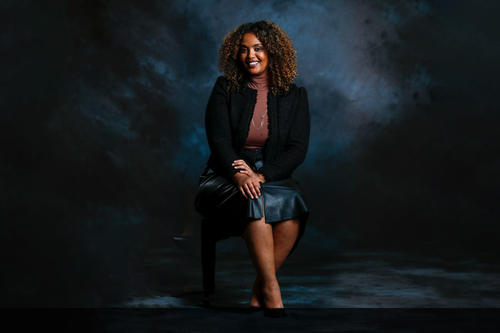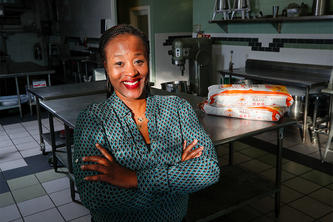
Guide for the bumpy journey
Rhonda Franklin guides engineering students on the paths to success.
What follows are reflections by Rhonda Franklin, professor of electrical and computer engineering, and two of her former students: Modou Jaw, who as a junior transfer student pursued a research opportunity under Professor Franklin; and Casey Murray, a transfer student who met Professor Franklin in introductory electromagnetics (EE 3601).
Bumps on the degree path
Rhonda Franklin: “Students must first know what the path to success looks like, then a student has to decide for themself that they want to succeed, because the journey can get bumpy.”
Modou Jaw: “Before coming to the University of Minnesota, I was at Minneapolis Community and Technical College and was an intern at Minco Products, in Fridley, MN. I’d learned how to write software, and as a freshman I was offered a job by four different companies. One offered me $50 an hour. I came from an impoverished family in The Gambia. The most I’d made there was $50 a month, and now companies were offering me $50 an hour, plus thousands of dollars to relocate in California or New York. I ran with joy to Professor Franklin's office to show her my offer letter. She sat me down and looked at me as a ‘mum,’ so disappointed with her kid. I was feeling pressure from my parents in Gambia, because they’d never gone to school and thought it was a waste of my time. Professor Franklin told me that going to school was my chance, and she explained why going to college was so important. It was hard to believe then, but now it's all clear. I remember her joy when she asked, ‘Will you consider continuing school?’ and I said, ‘Yes.’”
Casey Murray: “Electrical engineering is a very broad discipline, so understanding which courses to take can be daunting. I’d really enjoyed physics, circuits, and math, but was unsure what career I could find that would combine them. Taking EE 3601 from Professor Franklin, I instantly knew this was the area. She helped bring clarity in terms of current jobs, industry outlook, and the importance of research experience. Knowing my interest, she recommended courses and showed why they were important.”
Teacher, mentor
Rhonda Franklin: “I teach basic courses and advanced technical electives in radio frequency and microwave engineering. These can be challenging because they require advanced math, good understanding of electricity from physics, and the ability to visualize the invisible. I am a stickler for learning the fundamentals. This is equivalent to a musician learning the scales.”
Casey Murray: “While I was taking EE 3601, Professor Franklin observed that the students were not meeting her expectations of comprehension of some core material. She spent extra time reviewing this material to make sure the fundamentals were understood before moving on. I remember her doing everything to help me understand what I was struggling with—working additional problems, providing context, recommending alternative texts. She taught with joy and conviction. She conveyed the material in a way that I could see its value in solving problems critical for our society’s future.”
Modou Jaw: “Over and over, Professor Franklin sat with me to give advice regarding my studies. She empowered me to not only know what to think but to ask the right questions. I remember her telling me to stop giving the excuse that I don't have a lot of time, because there are 168 hours in a week. She then took out a paper and calculated how I could allocate my time.”
Vision for new journeys
Rhonda Franklin: “I love being an engineer and the problem-solving aspect of the work. For those students who work with me on research, the best day is when I see them describe their work with such clarity compared with the beginning. It’s also my saddest day, because I know it’s time for them to leave and fly on their own.”
Modou Jaw: “Professor Franklin introduced me to research. The brutal truth is, I didn't know the importance of learning before. Now I know. Since the beginning of COVID, I’ve missed school. I started discussing with my manager on how I can work and do a PhD at the same time—I’ve fallen in love with books again.”
Casey Murray: “After taking Professor Franklin’s courses I ended up joining her research lab. She spent countless hours teaching me by example and equipping me to be an effective contributor in industry. Even after my graduation she still takes time to connect with me and answer questions. She’s been the strongest influence on my engineering journey.”
Starting points for change
“The critical points on a student’s path are to learn the fundamentals, practice solving different types of problems, find opportunities to apply the fundamentals, and ask as many questions as you can think of to learn.” -Rhonda Franklin
“Attend seminars to learn about different disciplines, companies, tools, etc. Read the research sections on your department page to learn about specializations and professors you may want to reach out to.” -Casey Murray
“Learn to do research. It doesn’t matter whether you are an undergraduate or a PhD student, the research will change your life forever.” -Modou Jaw
Meet the people behind the story
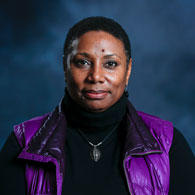
Rhonda Franklin
Professor, College of Science and Engineering, Department of Electrical and Computer Engineering
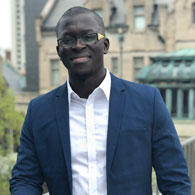
Modou Jaw
Modou Jaw transferred to the U of M through the North Star STEM Alliance program, which is designed to broaden participation in STEM fields. ‘19, College of Science and Engineering
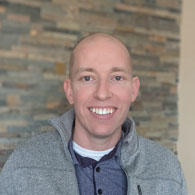
Casey Murray
Casey Murray was a 3-2 (dual-degree program) student, ‘08 BEE, ‘10 MSEE, ‘15 PhD, College of Science and Engineering
- Categories:
- Education
